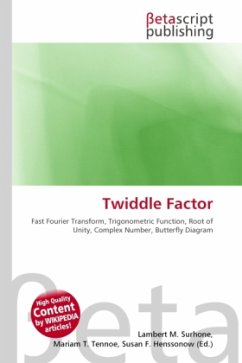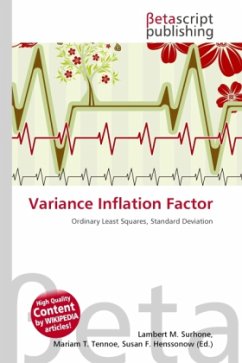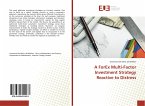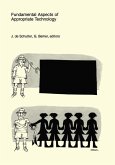High Quality Content by WIKIPEDIA articles! The Z-factor is a measure of statistical effect size. It has been proposed for use in high-throughput screening to judge whether the response in a particular assay is large enough to warrant further attention. In high-throughput screens, experimenters often compare a large number (hundreds of thousands to tens of millions) of single measurements of unknown samples to positive and negative control samples. The particular choice of experimental conditions and measurements is called an assay. Large screens are expensive in time and resources. Therefore, prior to starting a large screen, smaller test (or pilot) screens are used to assess the quality of an assay, in an attempt to predict if it would be useful in a high-throughput setting. The Z-factor is an attempt to quantify the suitability of a particular assay for use in a full-scale, high-throughput screen.
Bitte wählen Sie Ihr Anliegen aus.
Rechnungen
Retourenschein anfordern
Bestellstatus
Storno








